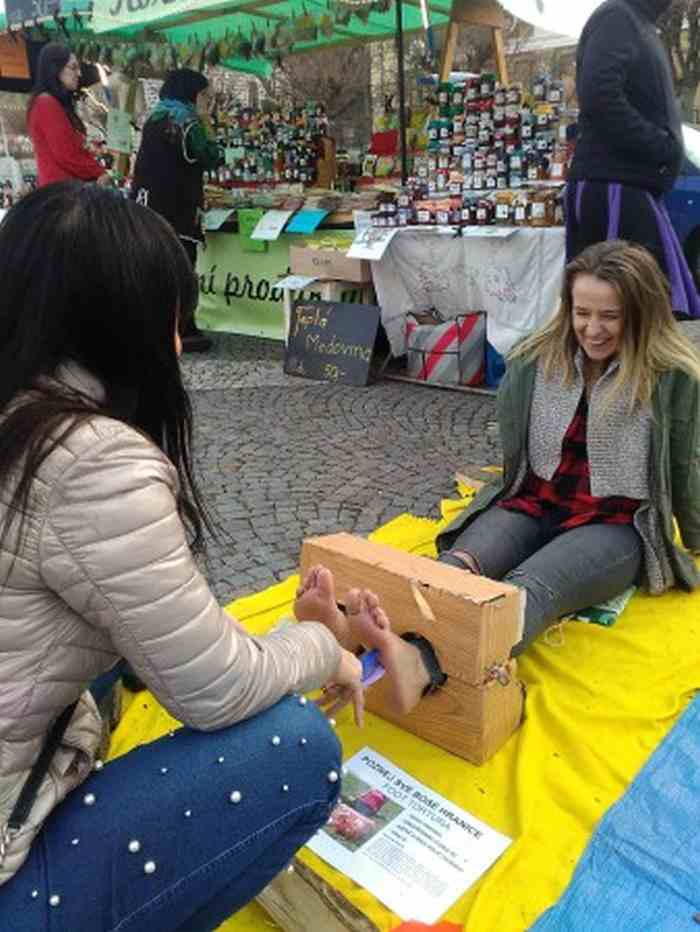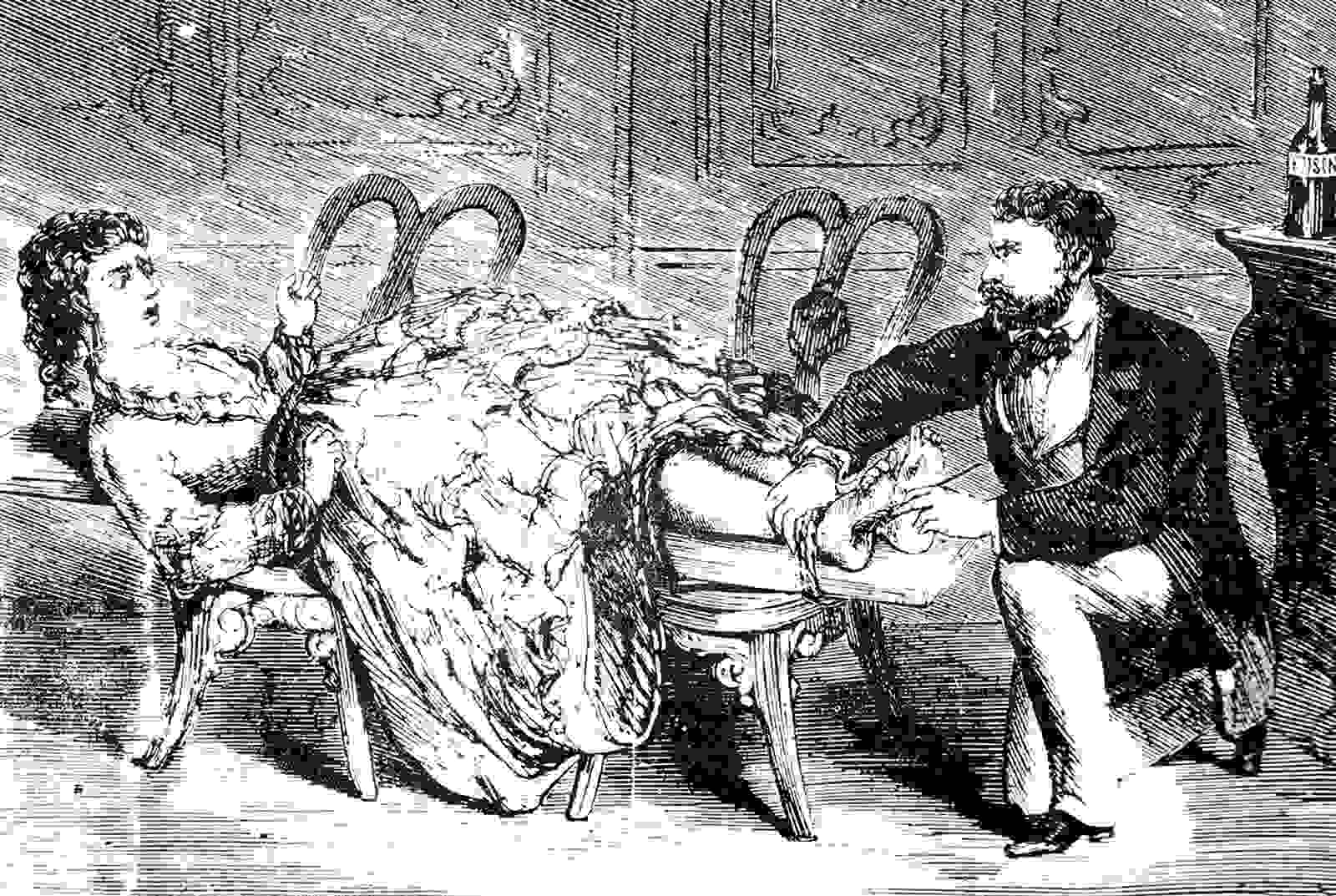
Contents
- 1 What is tickling?
- 2 What causes tickling?
- 3 Why do we laugh when we are ticklish?
- 3.1 Social bonding theory
- 3.2 Sensory stimulation theory
- 3.3 Body protection theory
- 3.4 The representation of tickling in popular culture
- 3.5 Accidental tickle
- 3.6 Making people smile
- 3.7 Making people laugh
- 3.8 Expression of affection
- 3.9 Joke
- 3.10 Muscle contractions
- 3.11 Distraction
- 3.12 Comic relief
- 3.13 Health sign
- 3.14 Endurance challenge
- 3.15 Punishment
- 3.16 Interrogation
- 3.17 Magic sawing
- 3.18 Pedicure
- 3.19 Scientific demonstration and analysis
- 3.20 Physical pleasure
- 3.21 Entertainment
What is tickling?
Tickling can be described as a peculiar sensation that evokes a strong urge to laugh or giggle. It is a playful act that involves touching or gently moving sensitive areas of the body, such as the feet, armpits, or ribs. Tickling is a universal experience, enjoyed by people of all ages across different cultures. Despite its common occurrence, the exact mechanism behind ticklish sensations remains a subject of scientific investigation.
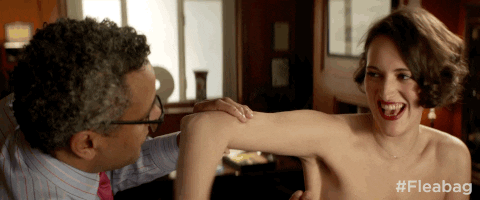
What causes tickling?
When tickled, the brain receives signals from specialized nerve fibers, which are responsible for processing gentle touch. These fibers transmit information to the brain’s somatosensory cortex, creating a tickling response. However, the exact purpose and evolutionary significance of ticklishness are still debated among researchers.
Why do we laugh when we are ticklish?
Laughter is the means by which the organism vents the astonishment of feeling touched in the most vulnerable parts of the body. Although the victim wants the sensation to end, laughter suggests pleasure and appreciation, prompting the tickler to continue, creating an interesting short-circuit at the level of expressed and received meaning.
There are several theories that attempt to explain this phenomenon.
Social bonding theory
The social bonding theory proposes that tickling serves as a way to strengthen social bonds and promote interaction between individuals.
Laughter is associated with a feeling of pleasure and happiness, and it conveys a feeling of appreciation and well-being to the observer. Thus, even if the victim recoils in an attempt to defend himself, the act of laughing urges the tickler to continue, to the pleasure of interaction for both.
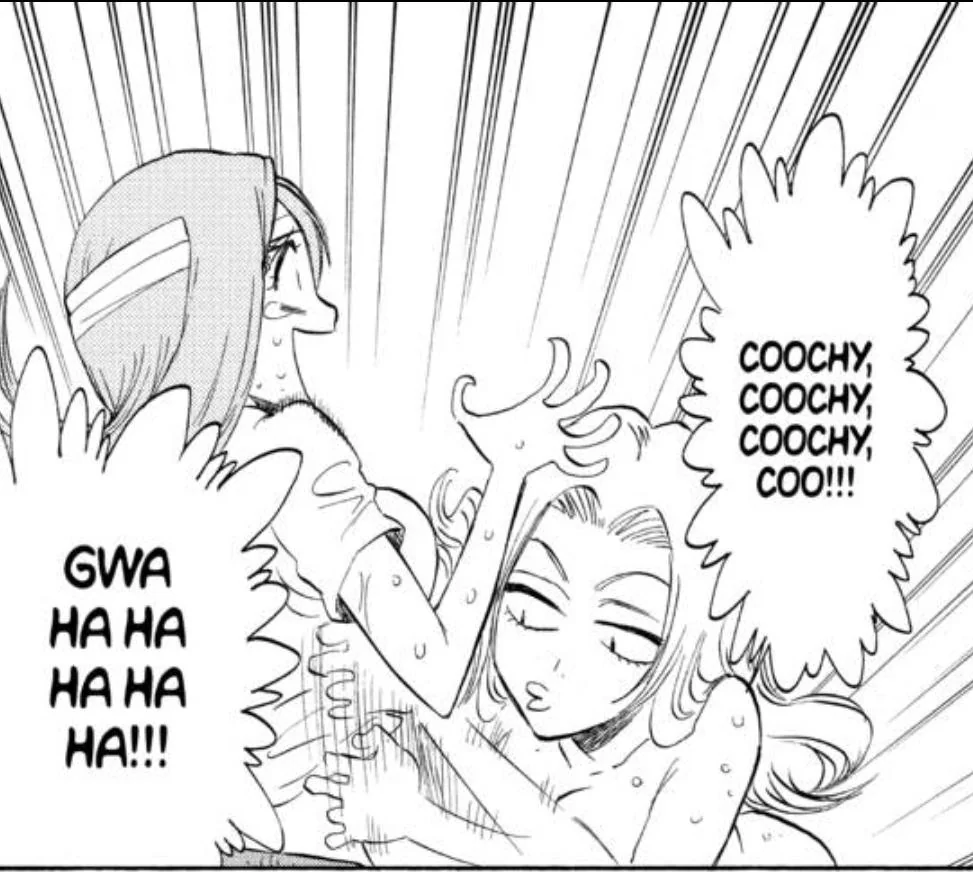
Sensory stimulation theory
Sensory stimulation theory suggests that tickling stimulates the brain and enhances sensory processing abilities.
Body protection theory
In young mammals, tickling automatically prompts the body to defend itself from assault toward vulnerable body parts, and laughter evidently conveys an unintended signal that the phenomenon is not painful but pleasurable.
In contact with other members of the species, therefore, this prompts the observer to continue, suggesting that the tickling is received as pleasurable: in this way the sufferer may learn more about defending himself. Otherwise, if the attack ceased immediately, there would be less learning to self-defense from these painless attacks.
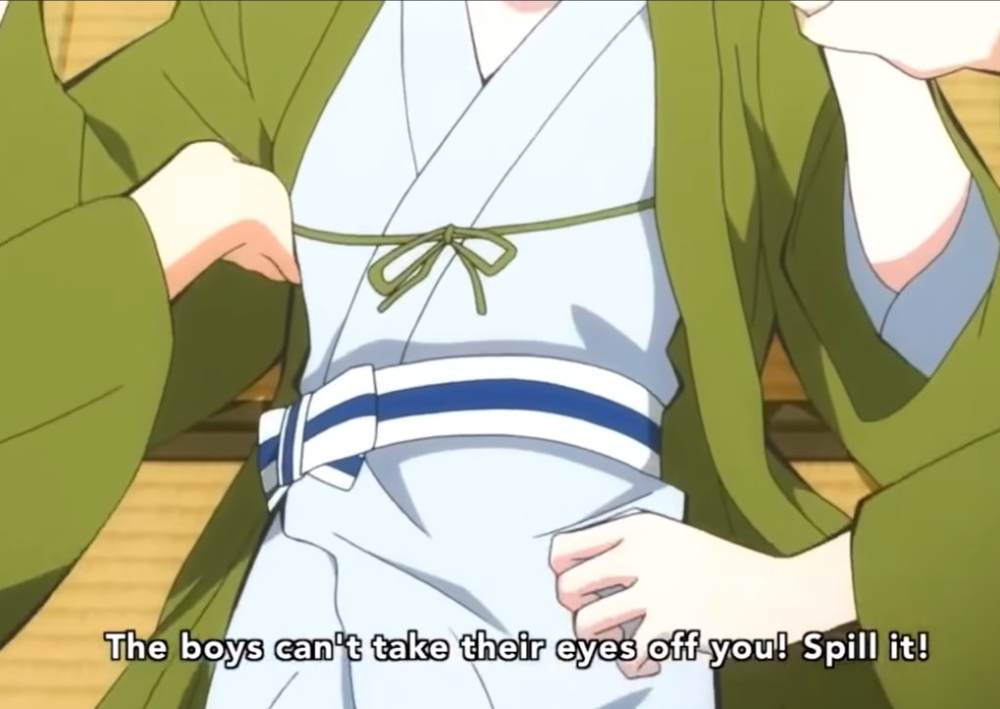
The representation of tickling in popular culture
Tickling is a complex mechanism involving various aspects:
- contact by an external subject of vulnerable parts of the body (neck, armpits, hips, stomach, feet)
- the stimulus to smile or laugh on the part of the tickler
- the automatic reflex to remove the touched part from being tickled by covering it and wriggling away from it.
Thus, a relevant aspect of tickling is the loss of control of one’s body, which results in decomposed behaviors such as laughing intensely and wiggling.
These reactions have generated in human culture a strong interest in this phenomenon.
In popular culture, tickling has been represented in different ways and for the purpose of achieving specific even opposite effects on the victim (generating pleasure as well as punishment).
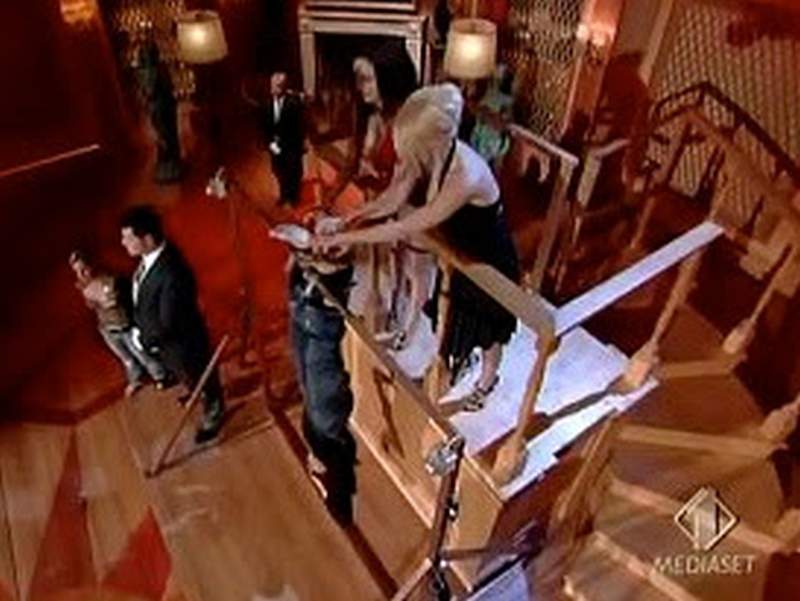
Tickling is a phenomenon frequently represented in movies, comic books, TV series, and cartoons. Especially in works aimed at young people, tickling takes the place of more gory forms of violence, where it is performed for the purpose of forcing someone to confess something against their will. It is generally performed as a form of playful or affectionate interaction between two or more people, as a form of playful torture, or to generate a sense of awe in the viewer (e.g., the expectation of a great fear that turns out to be simple tickling).
Accidental tickle
Tickling is provoked in an unintended way: the victim realizes that an event is taking place (especially a possible threat) when one of his or her body parts is touched.
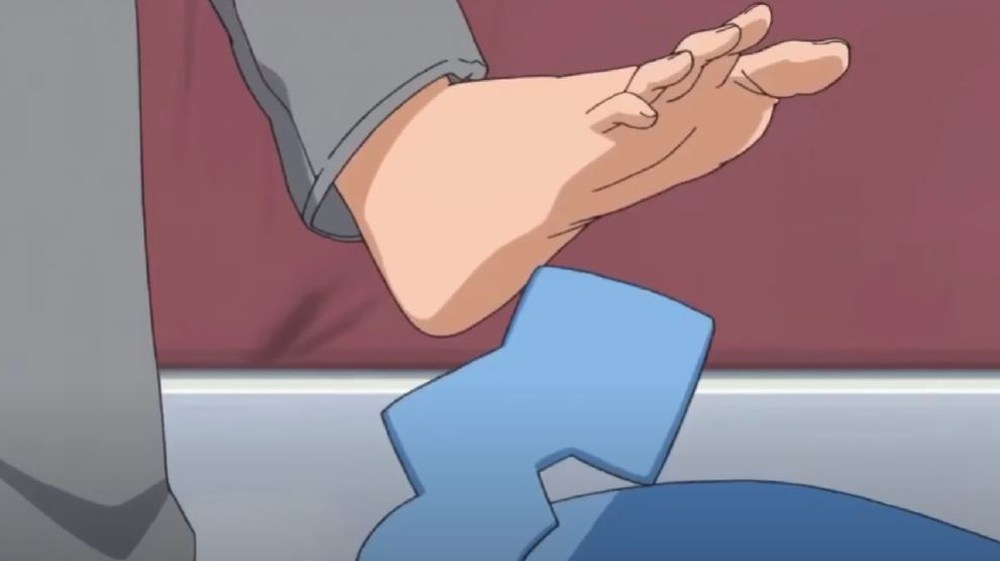
This is a frequent reaction when massaging sensitive body parts.
Making people smile
Tickling is performed to prompt the victim to smile, usually against his or her will.
It may be a way to force a serious person to smile in order to appear happy (contrary to his or her usual mood), or a ploy to make a person smile in circumstances that require a serious expression instead, in order to embarrass him or her.
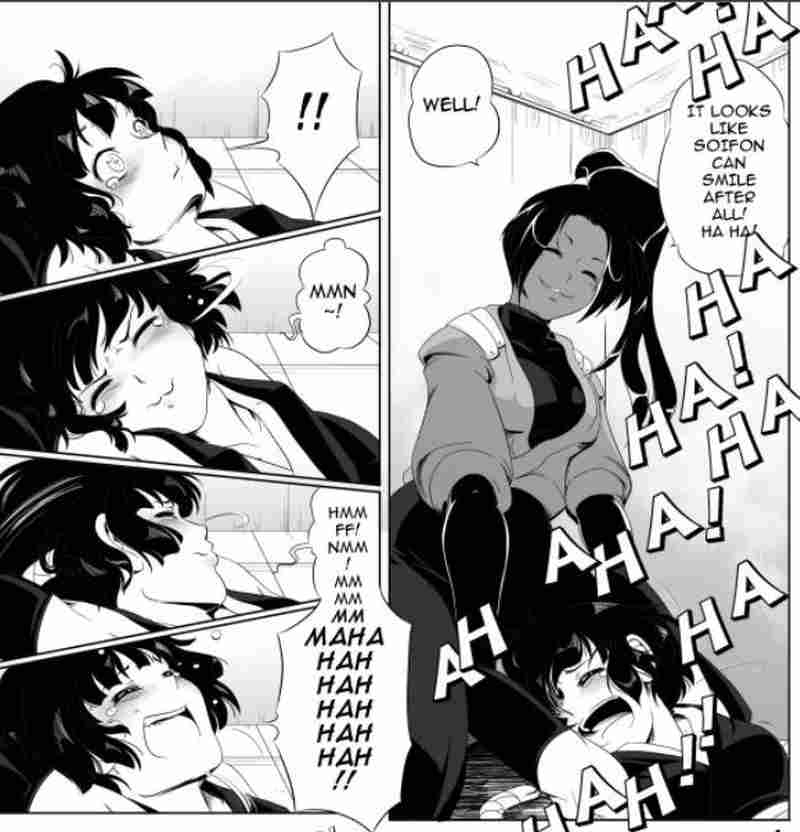
Making people laugh
The explicit purpose of tickling is to make the sufferer laugh against his or her will. The purpose is not merely to make the facial expression change, but precisely to make the mouth open and generate laughter.

Expression of affection
Tickling is carried out as a form of affection between two people, by virtue of the confidence between the two, although the victim may not be happy to receive it.
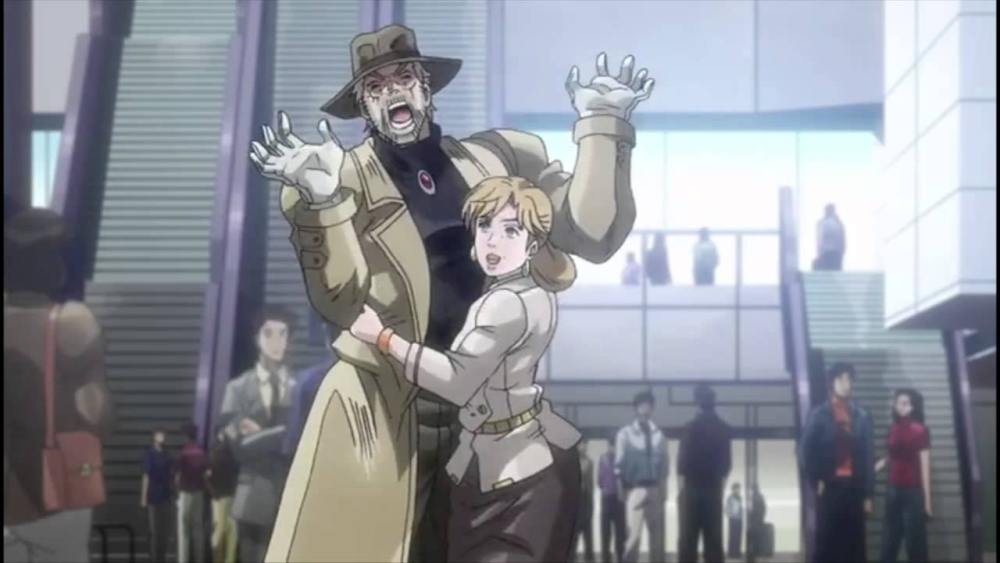
Joke
Tickling is carried out suddenly to generate a reaction of surprise in the victim and produce a genuine reaction.

Muscle contractions
The explicit purpose of tickling may be to make the victim squirm, for the purpose of, for example, losing a challenge, dropping a nearby object, or letting go of a hold.
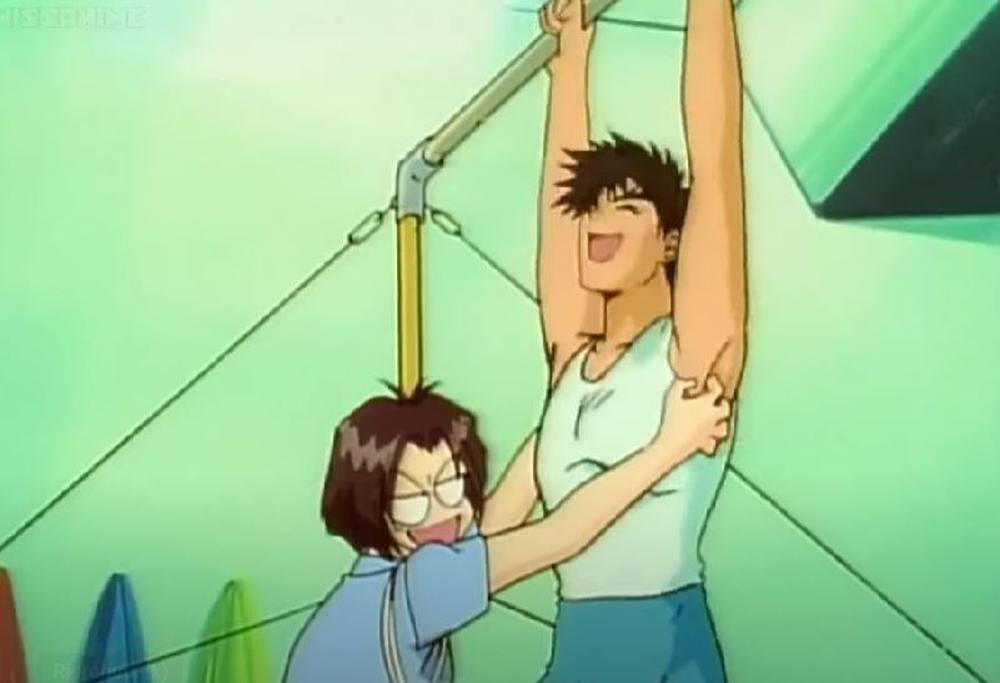
Distraction
Tickling is carried out for the purpose of disturbing a person’s concentration by making it difficult for him to perform a given activity that would otherwise be easy.
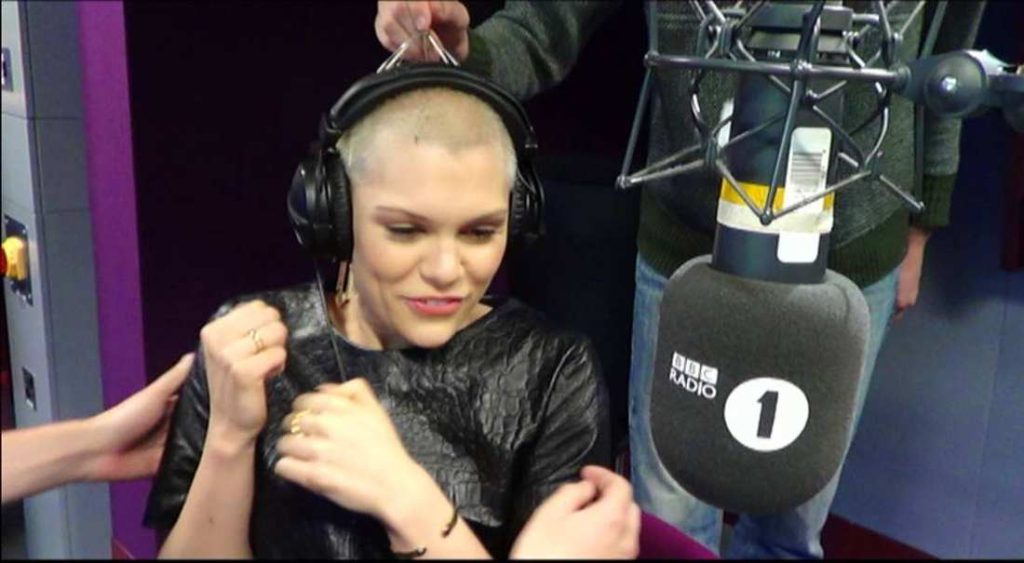
Comic relief
Tickling is instrumental in generating a situation of amazement in the viewer. The effects of tickling are exaggerated, or it is carried out in unexpected contexts.

Health sign
Tickling is a direct or indirect consequence of a process implemented on the body for the purpose of checking health conditions.
The most classic case is the Babinski reflex, which occurs by passing a sharp-tipped object along the soles of the feet to control the instinctive reaction.
Typically this process results in smiles and laughter.
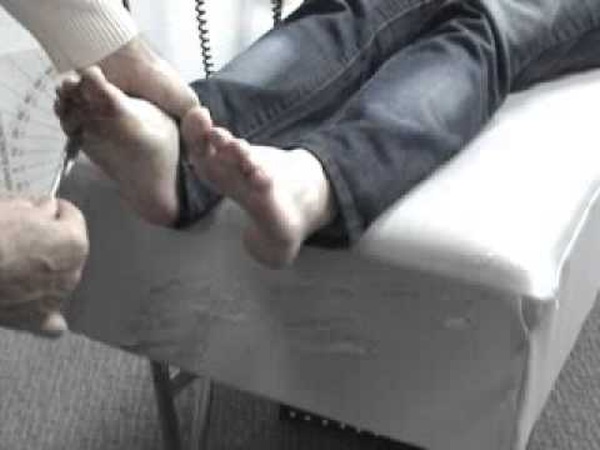
Endurance challenge
The explicit purpose of tickling is to test how impassive the victim can remain before laughing, squirming, or losing focus on what he or she is doing.
These are usually friendly challenges, or tests within television shows.
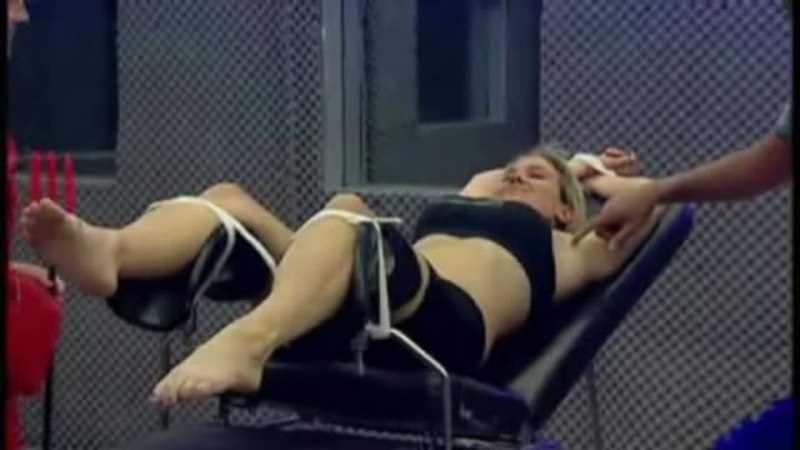
Punishment
The explicit purpose of tickling may be to cause the victim discomfort, suffering or humiliation.
The most classic example is the pillory torture, in which victims were locked in a pillory with vulnerable body parts that their assailants could tickle to punish them.
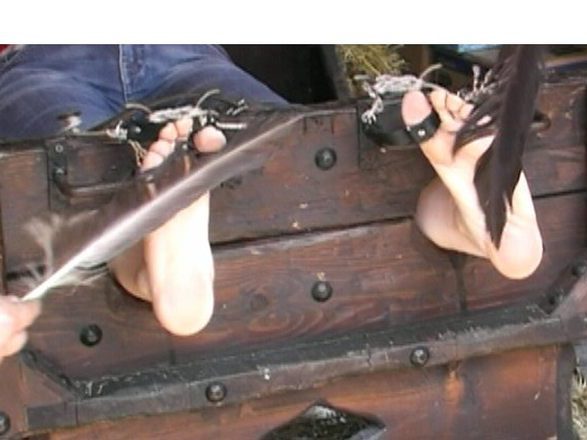
Interrogation
Tickling is carried out for the purpose of provoking a unpleasurable situation in the victim so unbearable that he or she agrees to perform a given action (e.g., providing information).
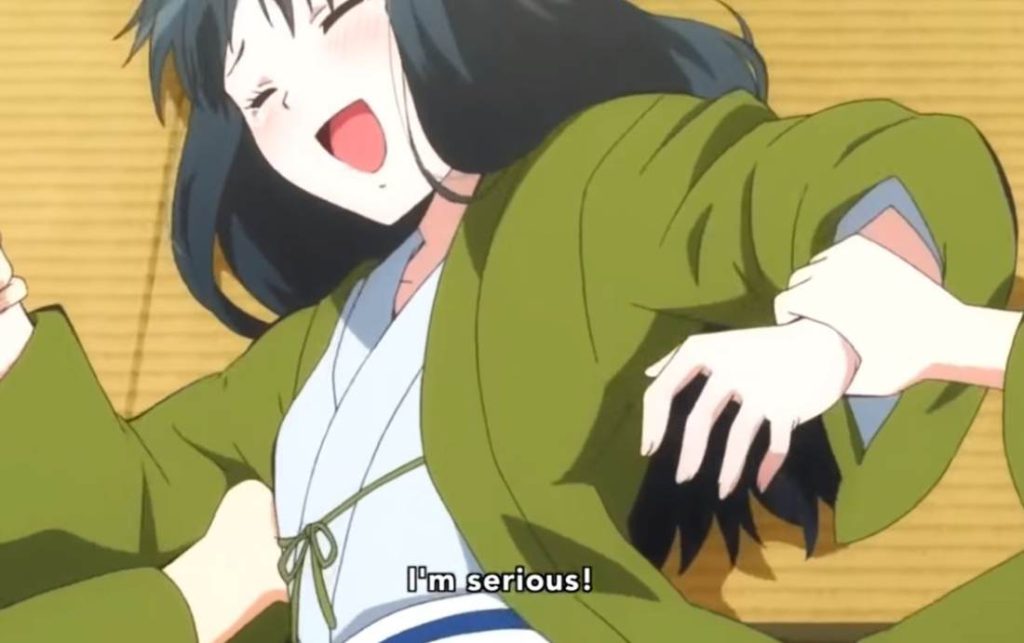
Magic sawing
Cutting a woman in half is a classic magic trick during which a magician apparently performs the division of a female assistant into two equally living parts.
For the purpose of demonstrating that the assistant is alive, the magician himself or a helper provides a tickle on the victim’s feet, making her laugh and showing that she feels what is happening to her body.
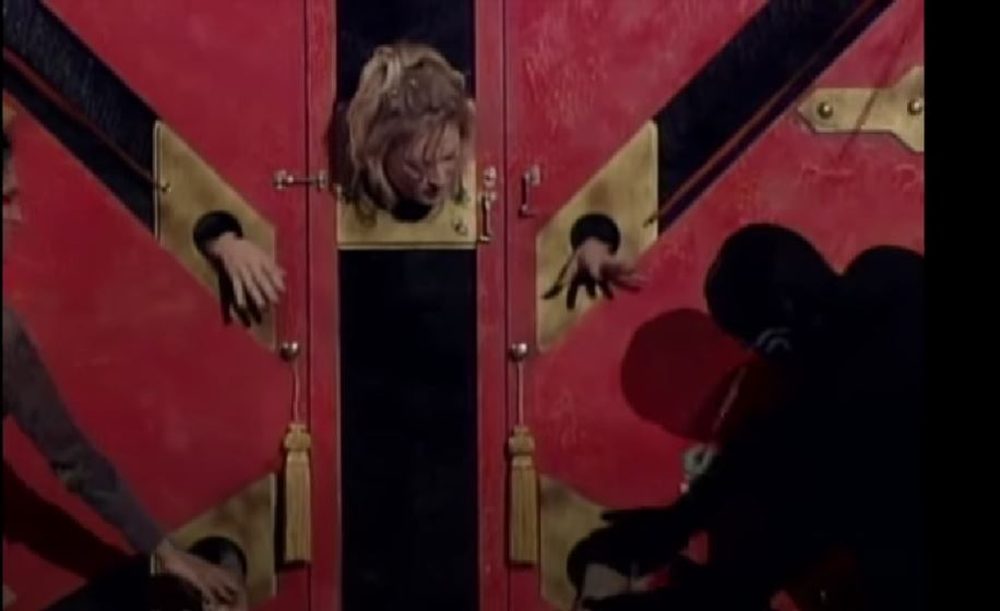
Pedicure
A subgenre of accidental tickling is that which occurs in the case of foot massages or pedicures. This is one of the very few occasions in daily life in which the feet, normally covered, are free and touched by strangers.
The rubbing of the soles of the feet provokes in the victim the need to laugh and squirm, but at the same time it is necessary to resist in order to end the process and not arouse embarrassment.

Scientific demonstration and analysis
Tickling is performed for the very purpose of analyzing the process behind it and the reactions it entails in the sufferer.
Physical pleasure
Tickling is part of a ritual performed between two or more people for the purpose of experiencing displeasure from the experience of practicing or receiving it.
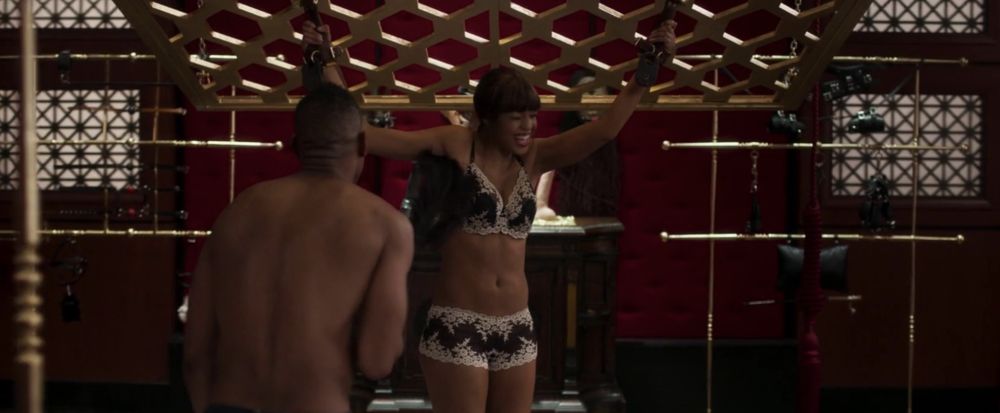
Entertainment
Tickling is part of a public event, carried out for the purpose of conveying well-being and enjoyment to participants and spectators.
